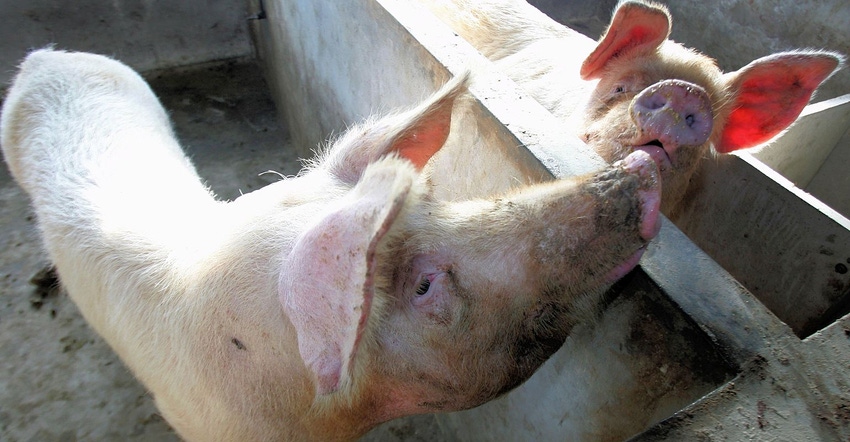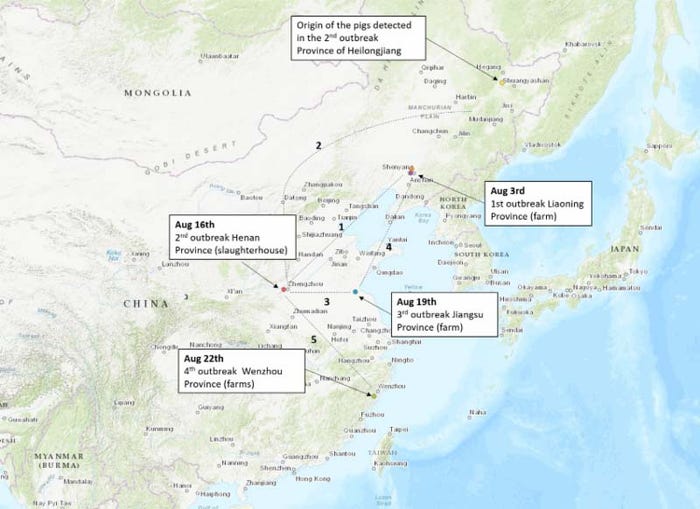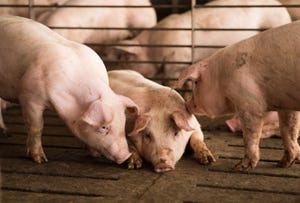ASF cases mount in China
A fourth find reported farther afield from other three; and some facts about the disease.
August 23, 2018

The Swine Health Information Center has reported another incidence of African swine fever in China. The disease has moved farther south with this latest report. The latest find was in Yueqing City, Wenzhou City, Zhejiang Province, which is 500 miles further along the Pacific seaboard from the last reported case in Lianyungang, Jiangsu.
Three farms in the breeding community had 430 pigs affected with 340 of those dying from the disease. The region has set up standard perimeter for culling and movement restrictions have been put in place.
SHIC notes that Reuters reported more than 20,000 pigs have been culled as the ASF outbreak continues to spread.
It’s not yet clear how the disease is moving through the country, and it is appearing in a range of farms across swine dense areas. Trade in pigs, semen and pork products are all possibilities. The virus is hardy and has been shown to remain infectious at least 30 days in uninhabited pig pens, over four months in pork products, including salted dried hams, and indefinitely in frozen pig carcasses. Hardness of the virus, along with the fact it is found throughout the pig, and in feces and saliva, means movement over distance is possible.
SHIC says that as the number of affected pigs increases, not only in China but also Eastern Europe, the risk of introduction into North America rises. Farm level biosecurity not only protects individual farms, but the national herd. This illustrates the need for regular reviews with herd veterinarians of biosecurity plans and their compliance.
Based on this, SHIC suggests caution be taken when considering hosting someone on U.S. farms from an ASF-, or another foreign animal disease, positive region of the world. If needed, the USDA Foreign Animal Disease Diagnostic Laboratory on Plum Island requires a five-day downtime for anyone planning to have contact with susceptible species after working with diseases and animals on the island.
The map below details the geography of the latest finds.

Figure 1: Distances by road from different points: 1: = 870 miles (1,400 km); 2= 1,400 miles (2,253 km); 3: 350 miles (563 km); 4: 800 miles (1,288 km); 5: 500 miles (800km).
You May Also Like



